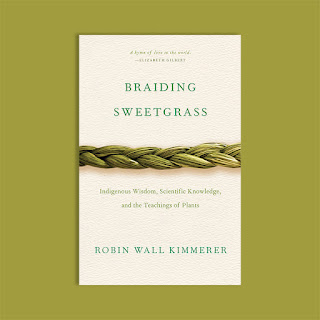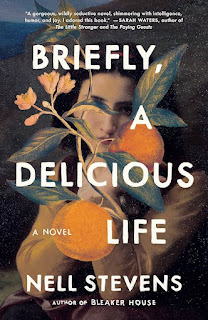Nonfiction Readers' Advisory Matrix
1. Where is the book on the narrative continuum?
Highly narrative ( reads like fiction)
2. What is the subject of the book?
Indigenous Wisdom and the Relationship between Humans and the Natural World
3. What type of book is it?
Nature Writing/Memoir
4. Articulate appeal.
Braiding Sweetgrass is slow-paced but in a way that feels appropriate for the subject-matter, like a meandering and contemplative walk through the forest. Kimmerer's writing is full of rich descriptions of all sorts of creatures - moss, lichen, seedlings, and sappy maple trees - all painted so vividly in paragraphs that you can practically see them.
The book is an exploration of indegenous knowledge and how those teachings coincide with western scientific knowledge. It's a work that aims to educate and inspire, encouraging the readers to rethink the natural world around them, giving life and showing respect to everything from the smallest pebble to the largest redwood. While Kimmerer's daughters, friends, coworkers, students, and others play a role in the book, it's Robin Wall Kimmerer herself who takes center stage, not only through her actions but through her message to readers.
Language is at the forefront of Braiding Sweetgrass, with emphasis placed on the difference between how Indegenous knowledge and Western science refer to the same things with different words and how that impacts the way a person views the world. Kimmerer's words read like a narrative, with scenes following her journey as a scientist, a mother, professor, and enrolled member of the Citizen Potawatomi Nation.
5. Why would a reader enjoy this book?
Education, Characters, Language


This book has been on my list and bookshelf for quite a while now! I love that you described the reading experience as a leisurely walk through the forest. That is exactly the kind of book I want to pick up and spend time with.
ReplyDeleteGreat job on this write up!
ReplyDelete